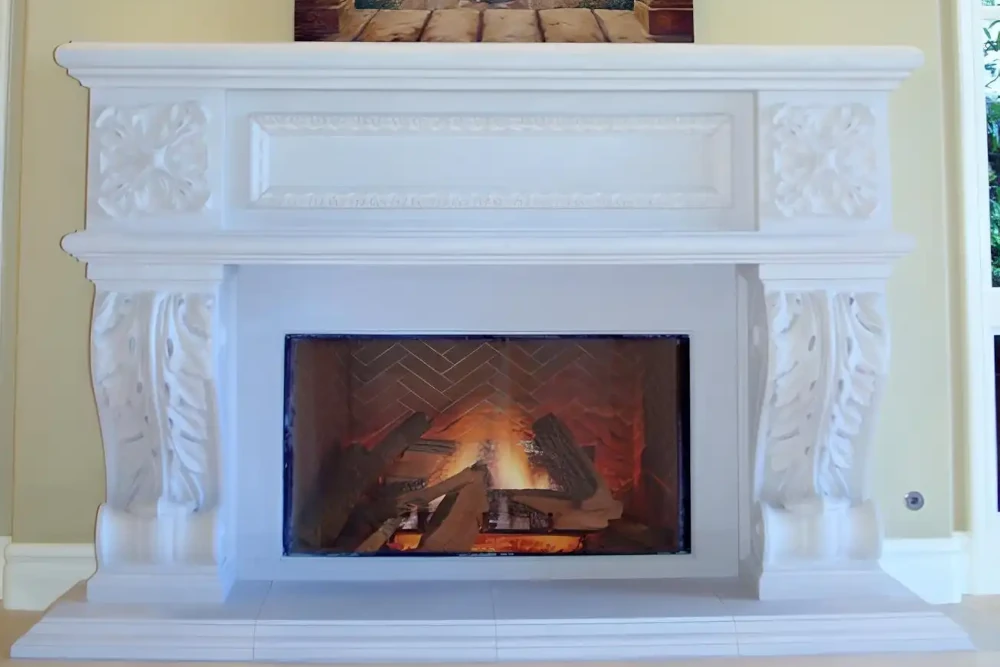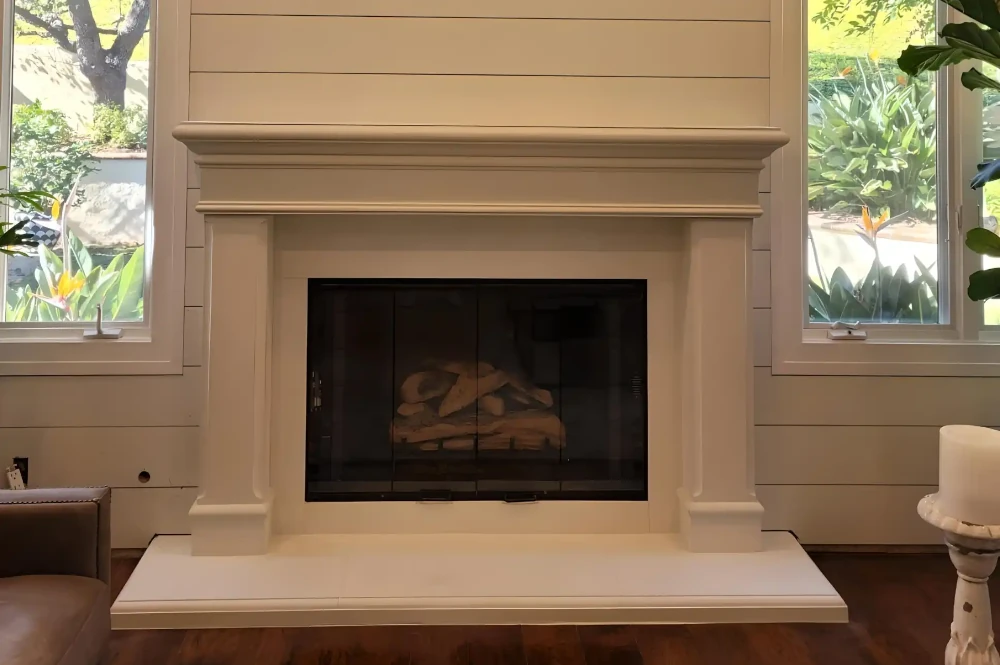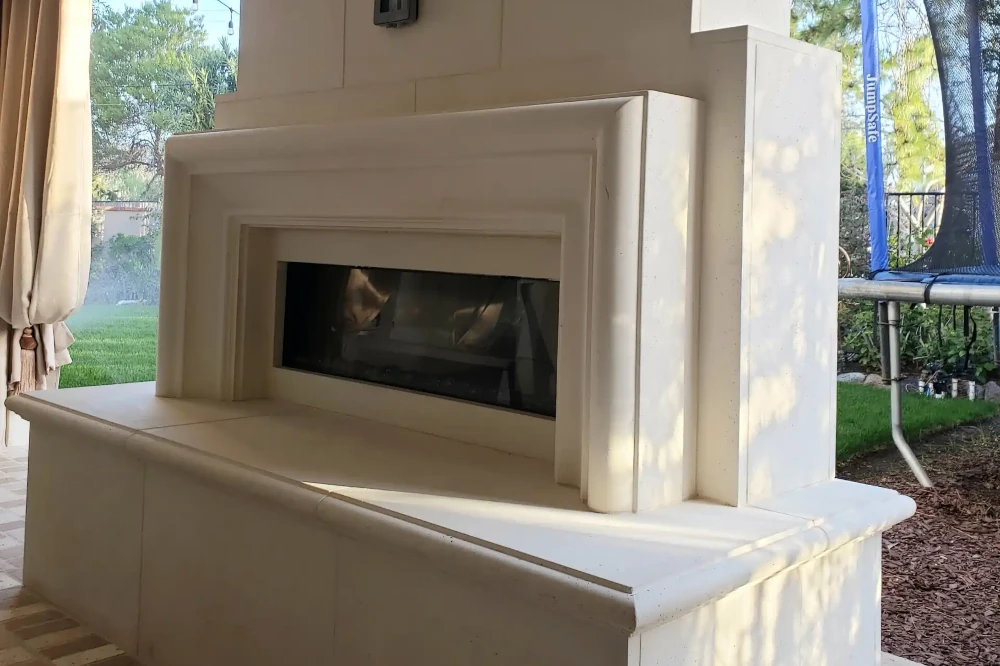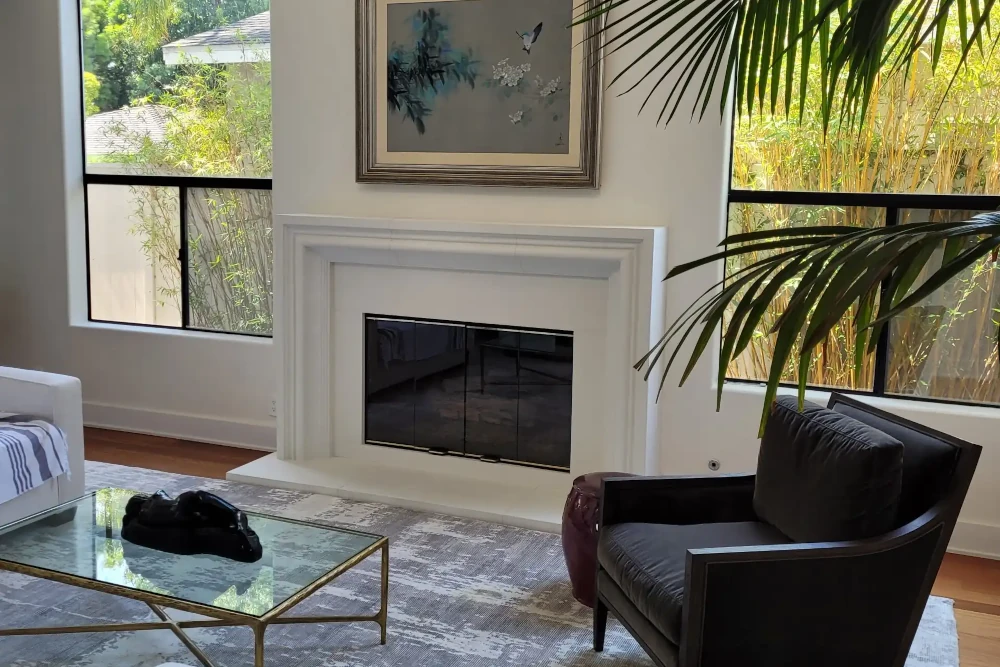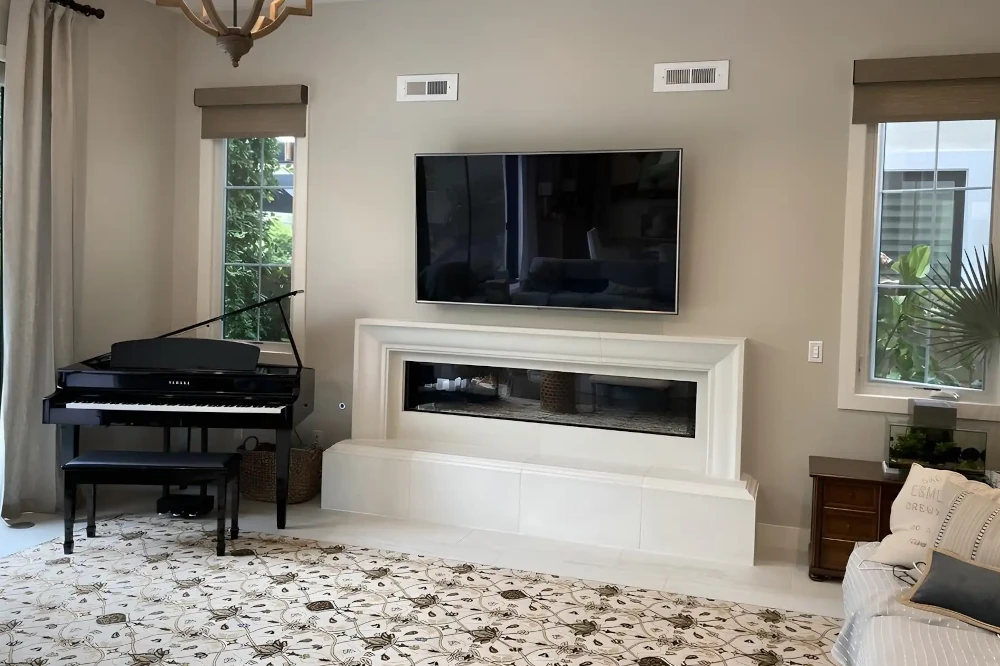Cast stone, a versatile and durable building material, has a rich history that spans centuries. From its origins in ancient architecture to its modern-day applications, cast stone has remained a popular choice for architects and builders due to its aesthetic appeal, adaptability, and resilience. This article explores the historic and modern applications of cast stone in architecture, highlighting its evolution and enduring significance.
Historical Overview of Cast Stone
Cast stone, also known as artificial stone, dates back to ancient times when builders sought to replicate the appearance and properties of natural stone using more accessible materials. Early examples of cast stone can be found in Roman architecture, where lime-based mortars were used to create molds and shapes that mimicked natural stone.
Ancient Applications:
- Roman Empire: The Romans were pioneers in the use of cast stone, employing it in the construction of aqueducts, temples, and public buildings. Their use of pozzolana, a volcanic ash, in the mortar mix significantly improved the material’s durability and strength.
- Medieval Europe: During the medieval period, cast stone was used in the construction of cathedrals and castles. It allowed for the creation of intricate details and ornate decorations that were difficult to achieve with natural stone.
The Renaissance Revival
The Renaissance period saw a resurgence in the use of cast stone, driven by advancements in molding techniques and the desire for architectural grandeur. Architects like Andrea Palladio and Filippo Brunelleschi utilized cast stone to replicate classical forms and details.
Renaissance Applications:
- Palazzos and Villas: Cast stone was used extensively in the construction of Renaissance palazzos and villas, providing an economical way to achieve the lavish stone facades and decorative elements that characterized the era.
- Public Monuments: The material’s versatility made it ideal for public monuments and statues, allowing for the mass production of intricate designs that celebrated civic pride and cultural achievements.
Industrial Revolution and the Rise of Modern Cast Stone
The Industrial Revolution brought significant advancements in manufacturing processes, making cast stone more accessible and affordable. The development of Portland cement in the early 19th century revolutionized the production of cast stone, enhancing its strength and workability.
19th and Early 20th Century Applications:
- Commercial Buildings: Cast stone became a popular choice for commercial buildings, including banks, hotels, and department stores. Its ability to mimic expensive natural stones like granite and marble made it an attractive option for creating impressive facades at a fraction of the cost.
- Public Infrastructure: The material was used in the construction of bridges, railway stations, and other public infrastructure projects, valued for its durability and aesthetic appeal.
The Art Deco and Modernist Movements
The Art Deco and Modernist movements of the early 20th century embraced cast stone for its ability to achieve clean lines, geometric forms, and intricate patterns. These architectural styles emphasized both functionality and aesthetics, making cast stone an ideal material.
Art Deco Applications:
- Skyscrapers: The use of cast stone in the exteriors of skyscrapers, such as the Chrysler Building in New York City, showcased its ability to provide a sleek, modern look while maintaining the intricate detailing characteristic of the Art Deco style.
- Theaters and Cinemas: Many theaters and cinemas built during this period featured cast stone facades and interior details, enhancing their glamour and sophistication.
Modernist Applications:
- Residential Buildings: Modernist architects like Frank Lloyd Wright incorporated cast stone into residential designs, using it to create seamless transitions between indoor and outdoor spaces.
- Public Buildings: The material was also used in public buildings, including schools, libraries, and government offices, valued for its clean lines and functional properties.
Contemporary Applications of Cast Stone
In contemporary architecture, cast stone continues to be a favored material for both its aesthetic qualities and practical benefits. Modern manufacturing techniques and innovative design approaches have expanded the possibilities for cast stone in architectural applications.
Sustainable Design:
- Eco-Friendly Materials: Modern cast stone often incorporates recycled materials and eco-friendly manufacturing processes. This aligns with the growing emphasis on sustainability in architecture, providing an environmentally responsible alternative to natural stone.
- Energy Efficiency: Cast stone’s thermal mass properties contribute to energy efficiency in buildings, helping to regulate indoor temperatures and reduce heating and cooling costs.
Innovative Applications:
- Facade Cladding: Advances in casting techniques have allowed for the creation of thin, lightweight cast stone panels that can be used for facade cladding. These panels offer the look of traditional masonry with reduced weight and easier installation.
- Custom Designs: Digital design and manufacturing technologies enable the production of highly customized cast stone elements. Architects can now create bespoke designs that meet specific project requirements, from intricate carvings to unique shapes and textures.
Residential and Commercial Projects:
- Luxury Homes: In residential architecture, cast stone is used to add elegance and sophistication to luxury homes. From grand entryways and fireplaces to garden ornaments and outdoor kitchens, cast stone enhances the aesthetic appeal of high-end properties.
- Urban Developments: In urban settings, cast stone is used in the construction of mixed-use developments, office buildings, and retail spaces. Its versatility allows for the creation of cohesive, visually appealing environments that attract businesses and residents.
Restoration and Preservation:
- Historic Buildings: Cast stone plays a crucial role in the restoration and preservation of historic buildings. It can be used to replicate original stonework that has deteriorated over time, ensuring that architectural heritage is maintained for future generations.
- Adaptive Reuse: In adaptive reuse projects, where old buildings are repurposed for new uses, cast stone helps to retain the historic character while updating the structure to meet modern standards.
Advantages of Cast Stone in Modern Architecture
The continued popularity of cast stone in modern architecture can be attributed to several key advantages:
Aesthetic Flexibility:
- Versatile Design Options: Cast stone can be molded into a wide range of shapes, sizes, and textures, providing endless design possibilities.
- Custom Finishes: The material can be finished to replicate various types of natural stone, including limestone, granite, and marble, offering a high-end look at a lower cost.
Durability and Longevity:
- Weather Resistance: Cast stone is highly resistant to weathering and can withstand harsh environmental conditions, making it suitable for both interior and exterior applications.
- Low Maintenance: The material requires minimal maintenance, retaining its appearance and structural integrity over time.
Cost-Effectiveness:
- Affordable Alternative: Cast stone offers the aesthetic appeal of natural stone without the associated costs, making it an economical choice for both large-scale commercial projects and residential applications.
- Efficiency in Production: Modern manufacturing techniques allow for the efficient production of cast stone elements, reducing lead times and costs.
Conclusion
From its ancient origins to its contemporary applications, cast stone has proven to be a valuable and versatile material in architecture. Its ability to replicate the look of natural stone, combined with its durability and cost-effectiveness, has ensured its continued relevance and popularity. Whether used in historic restoration projects or cutting-edge modern designs, cast stone remains a testament to the enduring appeal of craftsmanship and innovation in architecture. As architects and builders continue to explore new possibilities for this material, cast stone will undoubtedly remain a cornerstone of architectural design for years to come.
In need of a high-quality cast stone for your house? Check out Studio Design Works – Cast Stone Products. You may get in touch with the business by phone at (949) 627-5926 or by this form.
When it comes to home construction and interior design, choosing the right materials can make a significant difference in the overall aesthetic, durability, and cost of a project. Stone has long been a favored material […]
Fireplaces have long been the heart of the home, providing warmth and a gathering place for families and friends. Over the years, the design of fireplaces, particularly the mantels, has evolved significantly. Among the various […]
Modern cast stone fireplaces have become a popular choice for homeowners looking to add a touch of elegance, warmth, and architectural interest to their living spaces. Cast stone, a highly versatile material that mimics the […]
Modern cast stone has emerged as a popular choice in contemporary architecture and interior design, offering a blend of durability, versatility, and aesthetic appeal. Cast stone, a refined architectural concrete product, can mimic natural stone’s […]

